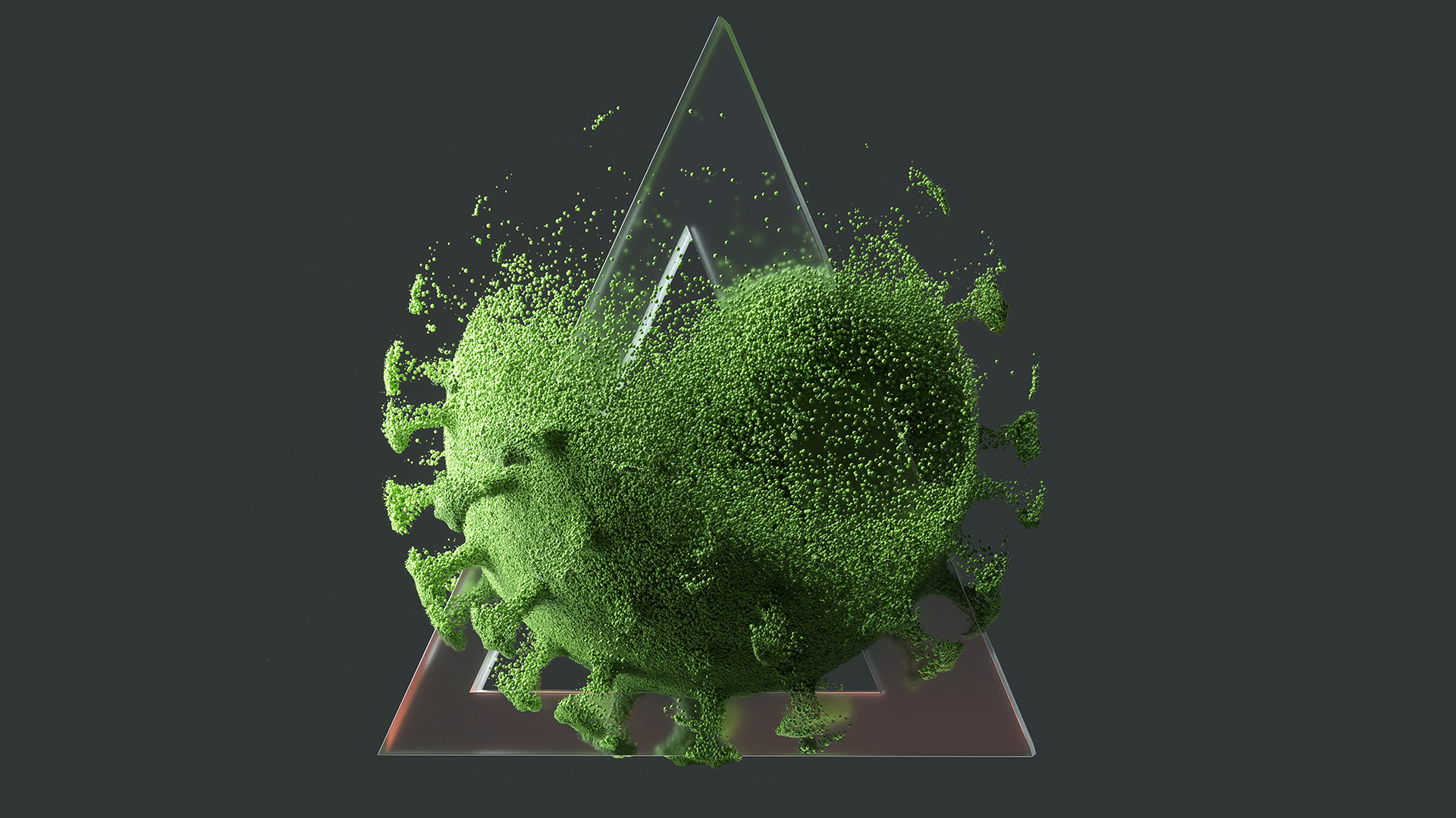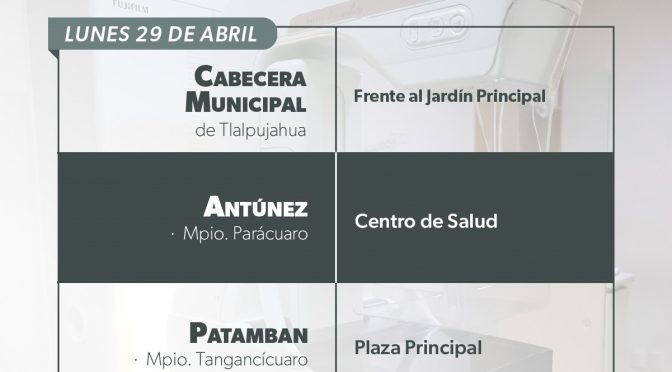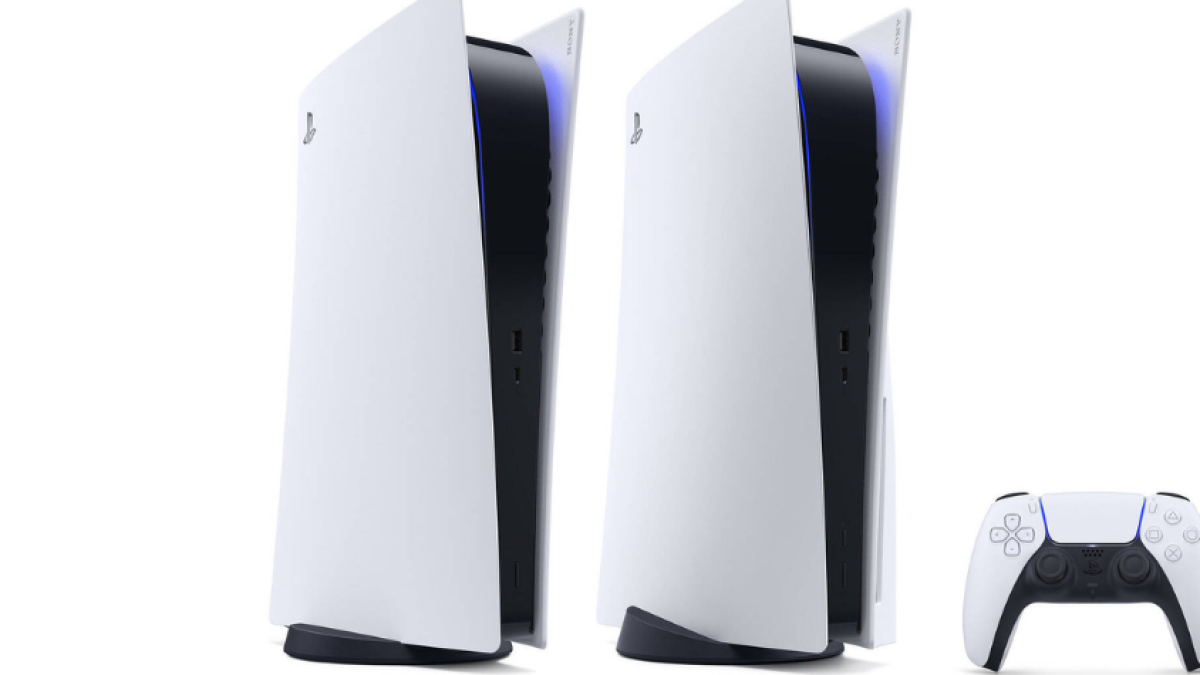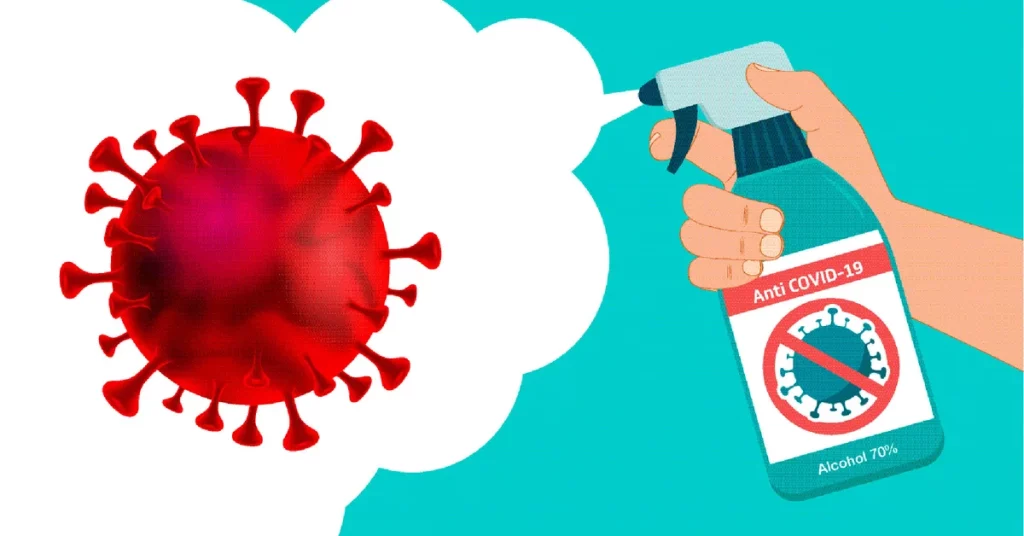Two years into the pandemic, a large portion of the population continues to disinfect food containers, door handles and light switches as a barrier to stop the spread of COVID-19. however, a new scientific study It showed that people are 1,000 times more likely to catch it through the air than the surfaces they touch.
The Researchers at the University of Michigan They analyzed air and surface samples for two years and found that the chances of inhaling virus particles are greater than touching them with your fingers.
According to the accumulated scientific evidence mentioned in the study, the average incubation time for COVID is 5 days after exposure to the pathogen and 97.5% of people develop symptoms, the most common of which are fever, dry cough and difficulty breathing, and they do so. So within 11.5 days of infection. So, Knowledge of exposure risks is critical to prioritizing mitigation strategies to control the spread of this highly contagious respiratory virus.
The US Centers for Disease Control and Prevention (CDC) has classified Patterns of SARS-CoV-2 transmission such as inhalation of the virus, deposition of the virus on mucous membranes, and contact with mucous membranes with virus-contaminated hands. Based on this information, the use of masks, physical distancing, and contact tracing/quarantine are critical preventive measures to control outbreaks until large parts of the population are immunized against disease or acquire natural immunity through infection.

The latest scientific information confirms that the atmospheric transmission was much higher than the surface transmission. This finding comes from an investigation by a group of professionals from the Department of Environmental Health Sciences at the University of Michigan’s School of Public Health. This study, which was based on two years of experience in public at the Ann Arbor campus of the University of Michigan, was published in Journal of exposure science and environmental epidemiology.
For their research, the specialists thought Classrooms, rehearsal rooms, cafeterias, buses, gymnasiums, student activity buildings, ventilation and ductwork.
In terms of the difference between airborne and surface transmission, the risk of surface-to-human contact was 1,000 times lower than airborne transmission. According to the lead researcher, Chuan Wu Shi: “We also found that the total number of on-campus cases was significantly higher in weeks with positive environmental samples than in non-positive weeks.” Thus, the data showed that the risk of infection from surfaces was much lower than suggested by the initial research.
“Given the frequent epidemics of infectious respiratory diseases in recent years, our study reinforces the importance of integrating multiple environmental monitoring methods for modeling and risk assessment,” added the lead author of the research.

To collect data, Xi and colleagues used bioaerosol samples from wet walls, which draw in large volumes of air using a pump and pick up any airborne viral particles. For surfaces, the researchers used swabs kits.
during a period of time August 2020 and April 2021, scientists collected 256 air samples and 517 surface samples. The analysis showed that the positivity rates were 1.6 percent and 1.4 percent, respectively.
Next to, The probability of infection was about 1 in 100 exposures to SARS-CoV-2 aerosols from inhalation, but only 1 in 100,000 exposures from contaminated surfaces..
These results are based on simulated scenarios and were conducted while the campus was closed. Samples were not collected in places with large concentrations of people, and some samples were collected only when there were a small number of people present. So, Extrapolation of results to the general population and healthcare settings should be done with caution, as recommended by the task force. However, they stressed in their paper that “the difference between airborne and surface transmission rates is likely to remain unchanged.”
The researchers hope that the data will provide Understanding infectious diseases and mitigation efforts during a future pandemicEspecially with preparations for future outbreaks of respiratory diseases Similar transmission mechanisms. They concluded that in terms of understanding risk, for researchers, “the focus of effort should be on physical spaces and distance measures.”
Read on:

“Beeraholic. Friend of animals everywhere. Evil web scholar. Zombie maven.”

:quality(85)/cloudfront-us-east-1.images.arcpublishing.com/infobae/YB64VL2YN5E5BFTHJIG4M7QUUE.jpg)





More Stories
SSM will perform free mammograms in 5 municipalities in the state of Michoacán
NASA is studying planet K2-18 b again to confirm the presence of gas “produced only by life” | Canaryasenred
“Without health there is nothing”